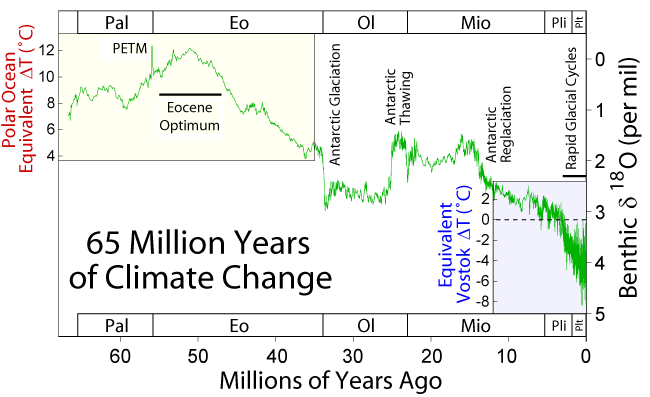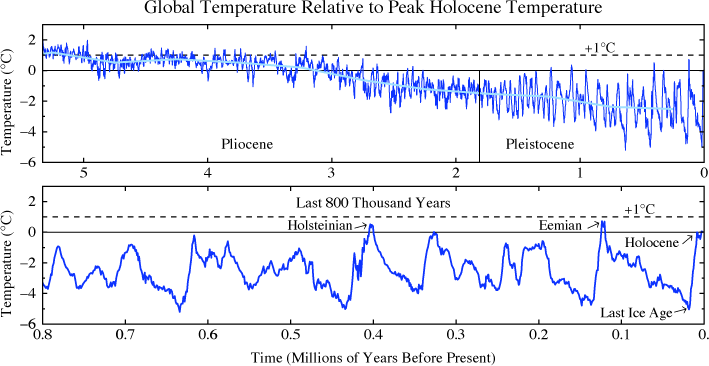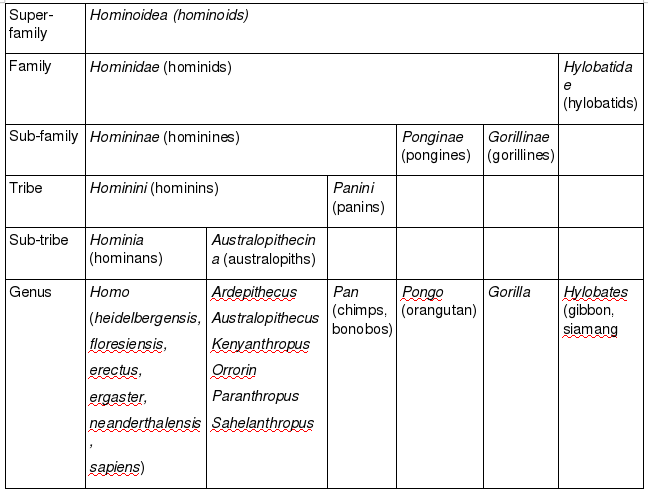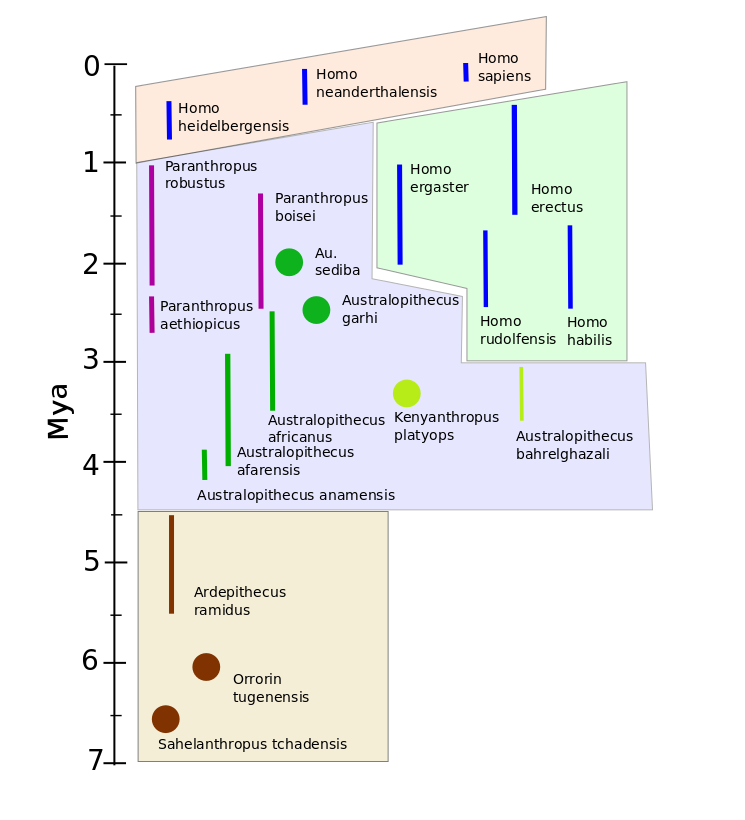“In short, paleontology is the study of what fossils tell us about the ecologies of the past, about evolution, and about our place, as humans, in the world.”1University of California Museum of Paleontology, http://www.ucmp.berkeley.edu/paleo/paleowhat.html. Paleontology, the study of the evolution of ancient life, draws information not only from the discovery and study of old bones, but also from archeology, genetics, linguistics, climatology and other fields. Interpretations of existing data differ and can change with each new discover of fossils. Since new bones are discovered quite often, paleontology is constantly a Work in Progress.
That explains why this article may well be the one with the most occurrences of words like “maybe”, “perhaps” or “thought” (as in “thought to be…”), indicating uncertainty in the understanding of some findings. This situation casts no doubt on the overall results showing the evolution of our species, Homo.
The evolution of man and his family bush
It would be nice to be able to draw a family tree for mankind. There exists much evidence for numerous intermediate species between man and his last common ancestor (LCA) with chimpanzees. But it is currently impossible to distinguish a linear sequence of species on such a tree. To continue the metaphor, the tree really looks more like a bush, with twigs sticking out in all directions, masking the underlying branches. Nevertheless, it is convenient to group together some twigs whose similar characteristics indicate they may sprout from a common branch.
Before going further, some vocabulary is necessary. A primate is a mammal of the order Primates (logically enough), mostly arboreal, ranging in size from lemurs to gorillas, and including, among others, monkeys, chimpanzees, gibbons and man. Hominins are species on the main human twig of the bush of evolution, members of the family Hominidae.2Wikipedia lists six classifications for humans beneath the family Hominidae: subfamily Homininae, tribe Homini, subtribe Hominina, genus Homo, species, H. Sapiens, subspecies H. s. sapiens. Who can possibly remember and distinguish those three different endings for homini – ai,i and a? Members of the chimpanzee twig are called panins.
There are some points of which we are quite certain:
- Man has evolved from some creature which was the common ancestor of both man and the chimpanzee, which genetic analysis shows to be the current species closest to us.
- Among all the forms of primates which have preceded modern man, it is difficult to distinguish a unique, linear sequence of forms, each one evolved from the one before. Nevertheless, overall changes show clearly that evolution has taken place.
- The genetic notion of “molecular clocks” indicates that hominin evolution has taken place for up to 7 million years, often during periods of extreme climate change (shown in a later figure) which some species survived better than others.3The so-called genetic clock calculates duration based on the number of genetic changes taken place multiplied by an approximate time per change.
- Astounding as it may appear to us now, at most times in our evolutionary history, different forms of man existed at the same time. The best known example is that of Neanderthals and Cro-Magnons. They lived near each other in western Europe and even shared some genes, so it is clear that “social” interaction took place between the species. Imagine living near a group of animals of another species, another kind of animal, a sort of ape with which you could communicate (and even copulate). Would we try to enslave or annihilate them (or use them for experiments), as is our wont?
- “It” (the evolution of primates from earlier forms into man) all started in Africa.
Characteristics of hominins
The following criteria are generally taken to show that a given fossil is more like a hominin than a panin. Hominins are all creatures attached to the human branch since the LCA; panins, to the chimp branch.
- More perfected bipedalism, a greater ability to walk upright on the two hind legs. A number of factors are associated with this ability:
- a more vertical trunk, wider hips, straighter and lockable knees, lower limbs longer than upper, feet suited for walking rather than for climbing in trees;
- relatively forward placement of the foramen magnum, the hole where the spinal column enters the skull, due to the erect posture;
- greater height;
- less prognacious (flatter) face;
- greater cranial volume and brain size (larger for hominins), which is correlated with increased pelvic size necessary for such large-brained babies to be born;
- skull, jaw and dental structure (related to diet):
- teeth in a parabolic row;
- smaller and less protruding canines, relatively larger incisors and larger chewing teeth (molars);
- more robust mandibles (lower jaws).
Two somewhat linked developments are bipedalism and increased brain size. Bipedalism seems to have prepared the way for bigger brains (as we shall see shortly).
Either such taxonomic4Taxonomy is the practice and science of classification. characteristics or genetic analysis may be used to classify different families and species of primates as shown in the figure. Results from the two methods are not necessarily the same.
Another way to see this is in the following table. The difference between the table and the diagram in the placement of the Gorillini may indicate the method of analysis used (taxonomic or genetic)5There is disagreement about placing gorillas under hominoids or hominids. See www.hominides.com/html/dossiers/hominoide.php (in French).
Groups of hominins
Species may be grouped together according to some common characteristics. The next figure indicates the time period of most currently known fossil hominins. Different colors indicate different groups.
In this figure, a significant number of hominin species are grouped in two different ways. One grouping6Based on Wood, 2005, is indicated by the background colors:
- beige – possible and probable hominins
- blue – archaic and transitional Homo
- green – pre-modern Homo
- pink – Homo group
The color of the vertical bars representing the time when the species lived represents the grouping of the Smithsonian Museum of Natural History:
- brown – Ardipithecus group
- green – Australopithecus group
- magenta – Paranthropus group
- blue – Homo grouping
- pale green – not grouped by Smithsonian (considered controversial)
While general characteristics of different species among the Australopiths and others evolve across the ages, different parameters do not always evolve together. For instance, Au. anamensis has chimp-like canines but fairly evolved bipedalism, whereas Pa. aethiopicus has smaller canines but its foramen magnum is near the back. Nevertheless, from the bottom of the bush to the top, overall evolution does occur and near the top we find our modern species panins and hominins – in particular, us.
Many paleontologists think that H. erectus is a later and Asian version of H. ergaster; others think they are different. In either case, there were at least four species of hominins living around 2 Mya,
Before considering these groups in detail, it is necessary to consider the preceding rise of mammals and the role of climate in evolution.
Geology, climate and evolution
Global temperature is a function of many variables, but there are two main ones:
- how much energy is received from the sun and
- how much of it is trapped by the oceans and the atmosphere, rather than being reflected back out into space.
Considerations of energy received must take into account solar activity.
The energy falling onto the Earth’s surface depends on its orbit – the angle of its rotational axis relative to the plane of the orbit, the precession of the orbit7The elliptic orbit depends on two foci, one of which is at the sun. The other rotates slowly around the sun and the changing shape of the orbit, which modifies the distance of the Earth from the Sun. Taking all these into account leads to the calculation of so-called Milankovitch climate cycles. These agree largely with temperature-variation results from geology.
How much energy is retained by the Earth depends on the distribution of land and sea, the properties of the land’s surface (reflective or absorbing) and the composition of the atmosphere (the much-discussed greenhouse effect and the ozone barrier).
The period when primates developed, the beginning of the Eocene epoch (55 Mya), was the warmest moment in the Tertiary and the warmth spurred growth and evolution. Since the Eocene peak, global temperatures have been gradually decreasing, with short-term fluctuations superimposed on the general background. The next figure shows the general behavior that has been observed.
At the beginning of the Oligocene (33.9 Mya), a period of rapid cooling brought to an end the warmth of northern forests, with disastrous effects which almost wiped out our ancestral line.

65 million years of climate change, from Wikimedia Commons
As we have seen, these changes in temperature are to a great extent due to geology – the movement of tectonic plates. As plates have moved, oceans have opened (such as the separation between Antarctica and Australia or South America) or closed (Tethys Sea, Isthmus of Panama). This opening and closing of channels changed sea currents (e.g., the Gulf Stream) and led to formation of the antarctic and arctic ice caps8This paragraph is only a summary, ignoring chronology. Formation of the antarctic ice cap coincided with the drop in temperatures at the beginning of the Oligocene, c. 35 Mya, whereas the Isthmus of Panama was closed c. 4-3 Mya and the arctic ice cap formed around 2.5 Mya., which in turn brought about lowering of global sea levels. The ice caps themselves reflect solar energy back into space, causing further cooling. Coming together of continents has created mountain chains (Africa pushed up the Alps; India, the Himalayas) which have altered meteorological conditions, especially rain patterns (such as the Asian monsoon). During the latter part of the ice age, melting continental ice sheets have caused sea levels to rise. Geology and climate and, hence, evolution all go together.
The next figure shows the general lowering of temperatures over the last 5 My, as well as the cyclic character of temperatures. The relative increase over the last 10,000 years began at the end of the last great Ice Age, which started some 130 Kya and only ended about 10 Kya. We are currently in a warm, interglacial period. There is no reason to expect this warmth to continue very long (on a geological time scale).

Global temperature over 6 My, from NASA Goddard Institute for Space Studies
Now continue to the rise of mammals and early hominins.
Notes
| ↑1 | University of California Museum of Paleontology, http://www.ucmp.berkeley.edu/paleo/paleowhat.html. |
|---|---|
| ↑2 | Wikipedia lists six classifications for humans beneath the family Hominidae: subfamily Homininae, tribe Homini, subtribe Hominina, genus Homo, species, H. Sapiens, subspecies H. s. sapiens. Who can possibly remember and distinguish those three different endings for homini – ai,i and a? |
| ↑3 | The so-called genetic clock calculates duration based on the number of genetic changes taken place multiplied by an approximate time per change. |
| ↑4 | Taxonomy is the practice and science of classification. |
| ↑5 | There is disagreement about placing gorillas under hominoids or hominids. See www.hominides.com/html/dossiers/hominoide.php (in French) |
| ↑6 | Based on Wood, 2005, |
| ↑7 | The elliptic orbit depends on two foci, one of which is at the sun. The other rotates slowly around the sun |
| ↑8 | This paragraph is only a summary, ignoring chronology. Formation of the antarctic ice cap coincided with the drop in temperatures at the beginning of the Oligocene, c. 35 Mya, whereas the Isthmus of Panama was closed c. 4-3 Mya and the arctic ice cap formed around 2.5 Mya. |





